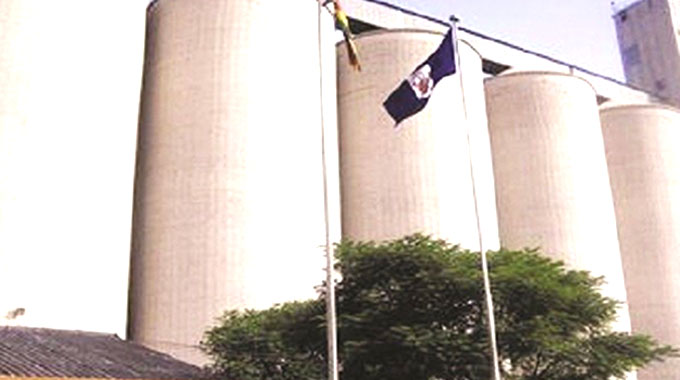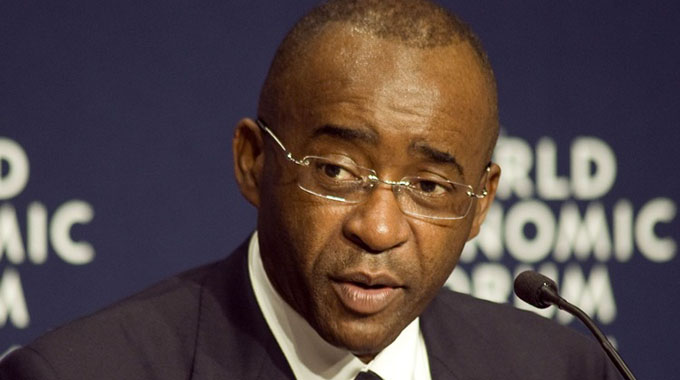‘New cotton hybrid a game changer’

Martin Kadzere Senior Business Reporter
Several Zimbabwean cotton farmers have embraced new hybrid seed after recording higher yields compared with traditional pollinated varieties.
Last year, The Cotton Company of Zimbabwe (Cottco), introduced the hybrid variety and it has been observed that boll count on hybrid was much better than on the open pollinated varieties.
Cottco finances more than 70 percent of cotton growers in Zimbabwe, mostly communal farmers through the Presidential Free Inputs Scheme.
The scheme was introduced in 2015 after Government moved in to revive cotton production.
After peaking at 352 000 tonnes in 2011, output declined to 28 000 tonnes three years later, the lowest in nearly two decades partly due to lack of adequate funding and poor prices.
With the coming in of the Presidential Inputs Scheme, coupled with renewed interests by private players to finance the crop, who last year financed about 30 percent of production, the sector has recorded a significant recovery. In light of climate change, some farmers are also increasing acreage as the crop is generally less water intensive.
“I have planted hybrid seed on my 10 hectare field and average bolls per plant were immensely huge. The hybrid seed is a potential game changer and it is our hope that more seed will be made available next season,” said Chief Chundu from Hurungwe.
Farmer Martin Mabanga from Muzarabani, said he was expecting much higher yields this year after planting hybrid seed. “I am still harvesting but the yields are promising after we planted hybrid seed,” he said.
Recently, Cottco acting managing director Mr Pious Manamike, told The Herald Finance & Business that while the company was yet to come up with the actual yields, the observed boll count on the hybrid was much better than the ones on the traditional varieties.
“We will definitely be expanding the hybrid seed project,” said Mr Manamike.
Meanwhile, several farmers have continued registering their frustration over the delay by Government in announcing the producer price. The season normally runs from April to September.
Government has not yet announced price of one of the country’s largest foreign currency earners amid growing worries that this may endanger their crop due to lack of proper storage facilities. Last week, the Government said it was considering a subsidy on producer price after world prices plunge due to coronavirus.
Early this month, global lint price plunged to lowest levels since the global financial crisis in 2008 due to corona virus, denting growth prospects of Zimbabwe’s cotton industry, which has been on a recovery path since 2015. The lowest price was in 2008 during the global financial crisis when prices fell to US $44 per pound.
“We are patiently waiting for the price; it is making it difficult for us to plan since we have no idea of how much we are going to get from our crop,” said Mr James Mufundisi, a farmer in Gweshe and a representative for Zimbabwe Farmers Union in Mazowe District.










Comments